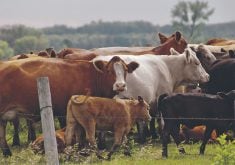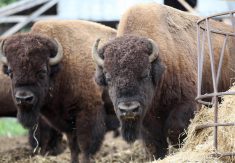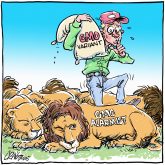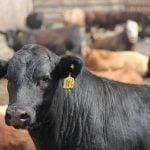Each week our staff decides which stories will win the competition for the limited space available.
It becomes a delicate balancing act to represent the different sectors and farm groups in agriculture, the various provinces, hard news and feature stories, long background pieces and short briefs.
Staff-written stories compete with those of freelancers and wire services, and we decide whether to concentrate on Canadian agriculture or international news.
Consideration is given to the ratio between words and visual elements: how many and how big are the graphics and photos appearing on the page to help attract the attention of readers.
Read Also
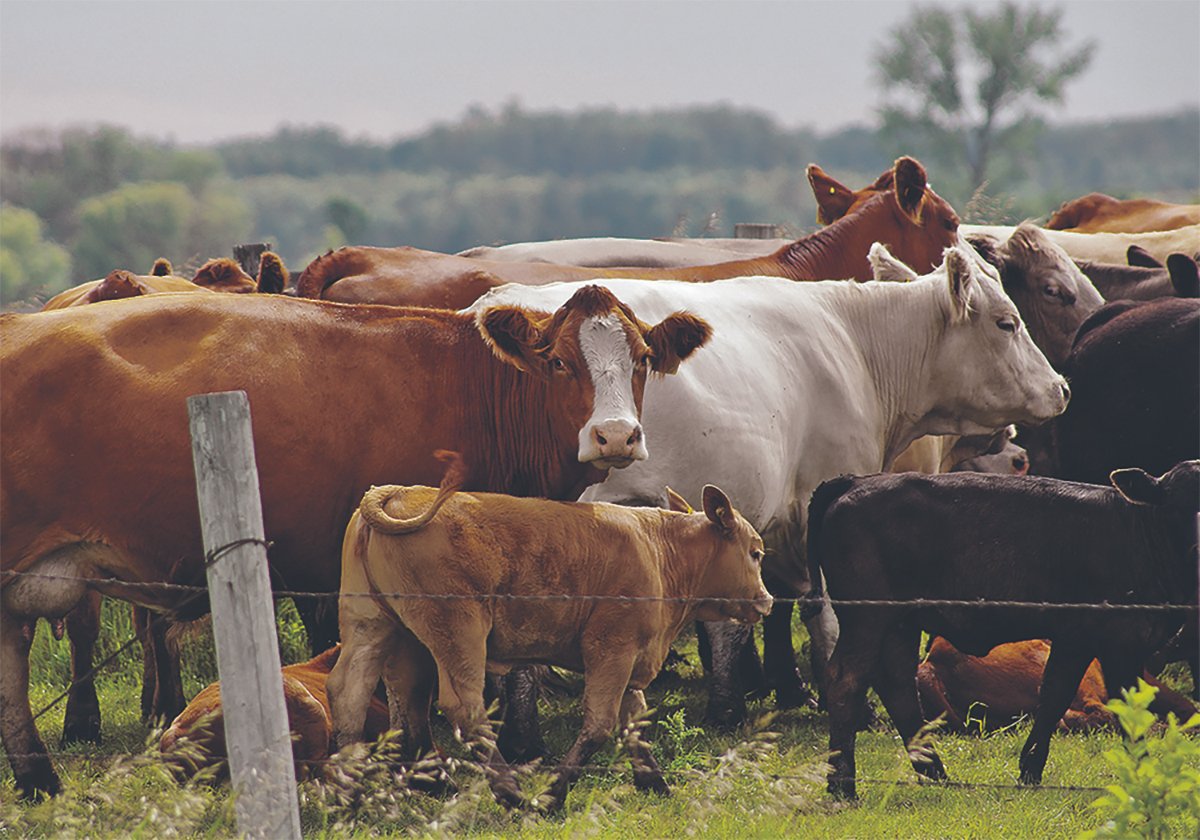
High prices see cow-calf producers rushing to incorporate
Farm accountants are reporting a steady stream of cow-calf producers rushing to get their operations incorporated ahead of selling their calves this fall.
Ultimately, the newspaper is influenced by advertisements. The more classified and display advertisements there are, the less space is generally available for the news stories.
During the fall and spring, more advertising means larger newspapers as a whole. More pages and more color capability appears for news content.
The overall package our paper provides to readers – stories, pictures, graphics, and advertisements – must be attractive, interesting and informative to satisfy our readers.
This leads to us working together to allocate available pages to various departments, special reports, etc..
However, we continue to stress the two departments are separate entities. Advertising clients cannot use their status of being the paper’s customers to influence editorial content. A newspaper’s editorial department needs to be independent to remain credible.
Our code of ethics sums this up: “the existence or non-existence of individual advertising orders will not influence editorial decisions on writing, selection, or editing of specific news stories.”


